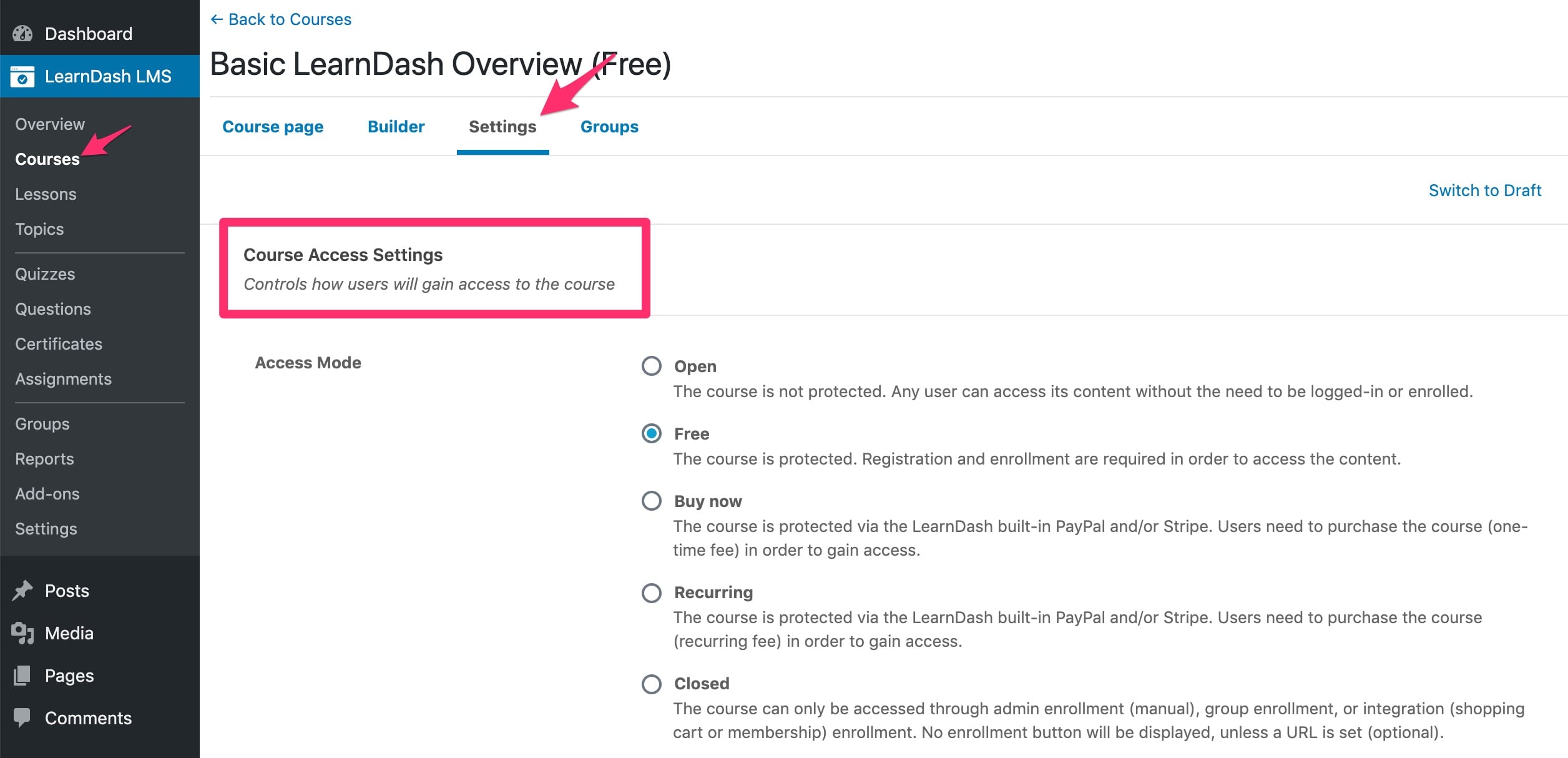With all the tools, technology, and A.I. assistants available these days, it’s easier than it ever has been to turn your expertise into an online course. But just because you create a great online course doesn’t necessarily mean it will sell well.
Plus, even if your online course does sell well, it still might not produce enough revenue to help you earn a living. That is unless you know how to maximize the income and revenue your online course can generate.
That’s why in this post, we’ll walk step-by-step through how to sell online courses from your own website. In the process, you’ll ALSO learn how to maximize the revenue your online course generates.
We’ll cover:
- The pros and cons of selling your course on a “marketplace”
- How to host your course
- The fastest way to create an online course that sells like crazy
- The #1 thing you MUST build if you want to make a living off your course for years to come
- Five steps that will turn your website into a course sales machine that runs on autopilot
- The tech stack that will serve as the foundation of your course business
- How to scale your course sales to seven figures and beyond
Table of Contents
Should You Sell Your Course On A Marketplace Like Udemy Or Skillshare?
There are a lot of pros to listing your course on a marketplace like Udemy, Udacity, or Skillshare. For one thing, you don’t have to worry about hosting or building a website.
The platform takes care of that for you.
And you don’t have to worry about attracting customers… because the platform does that for you too… kind of. If you list your course on a marketplace like Udemy, and it becomes one of the top-ranking courses, you can make millions.
But there’s no guarantee your course will be top the charts. The marketplaces are highly competitive.
Plus, creating a course that has a shot at rising to the top of a marketplace takes a ton of work, like studying your audience, creating good marketing material, building a following, etc. All the same things you would have to do to sell a course on your own website.
Yet on the marketplace, your efforts deliver a lot less of the payoff, literally.
1. The biggest downsides to selling your online course on a marketplace
When you sell your course on a marketplace, you only get to keep a percentage of the profits.
2. Lower profit margins
Typically, the marketplace takes 50% or more of the revenue from every sale of your course. Not only that, on the most popular online course marketplace, Udemy, courses often sell for between $10 and $25.
Imagine creating a top-notch online course, only to make $5 from each sale. You would have to sell 200 courses every month just to make $1000.
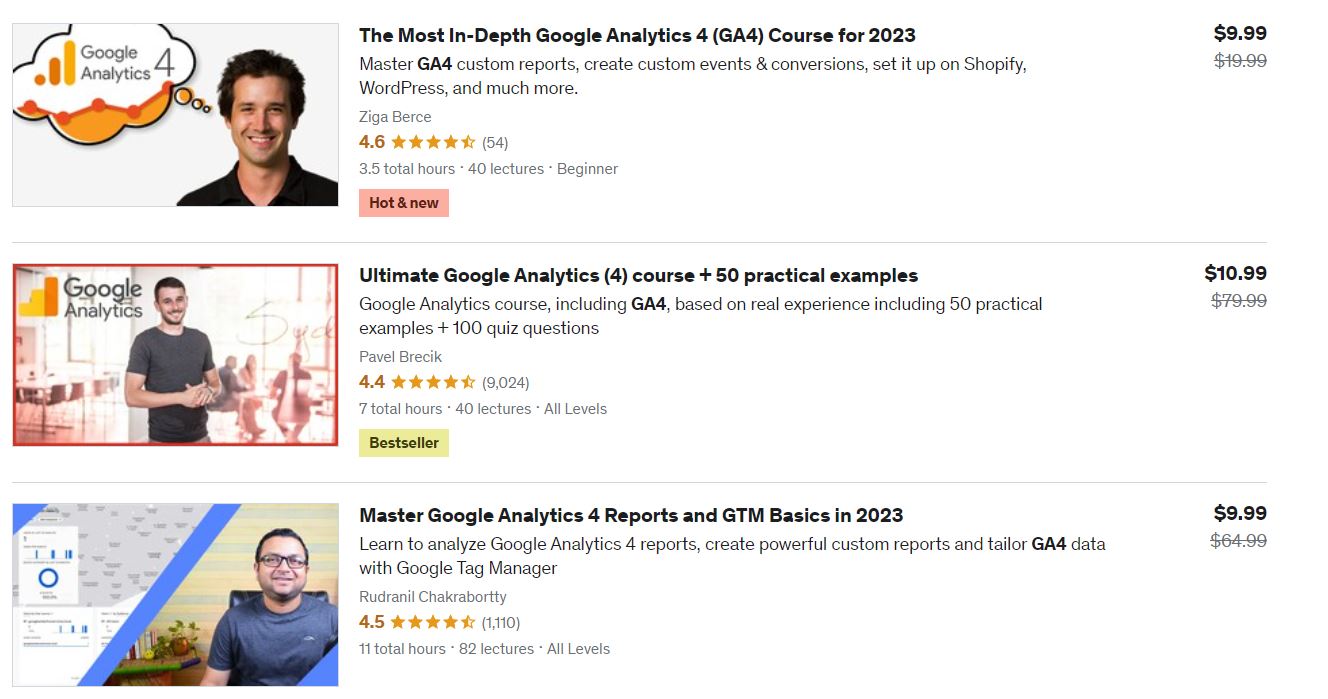
3. You don’t own your customer list
Also, the other big drawback to listing your course on a marketplace is you don’t own your customer list. The marketplace does. You may have access to that customer list.
Yet, if you decide you want to leave the marketplace and go out on your own, you can’t take the customer list with you. The bottom line when it comes to online course marketplaces is this.
If you’re simply looking for a way to get your knowledge out in the world and maybe make a few bucks on the side, they are the way to go.
But if you want to build your online courses into a business, owning your course’s revenue and customer list is essential. Assuming that’s what you want to do, let’s move on to the next crucial decision you need to make to sell your course from your website.
Should You Self-Host Your Course Or Use A Third-Party Platform?
There are two different ways to deliver your course to customers. You can self-host your course on your website.
1. Self-Hosting your course
Self-hosting means you deliver your course from a website domain you own.
For example, if you have a WordPress site, you can use a plugin like LearnDash to host all your course content on your site.
The pros and cons of self-hosting your online course
Self-hosting is a great option if you want full control of your content and you also have a sizable development budget.
But if you don’t have a development budget, self-hosting can be a monster to manage.
Even with a super flexible plug-in like LearnDash, self-hosting requires more website management than most course owners want to take on.
2. Third-party course hosting platforms
The other option, third-party hosting, is usually best for new course creators. With a third-party host, you still own your course content. And you can still sell your online course from your own website.
However, the third-party platform is responsible for managing and delivering your content.
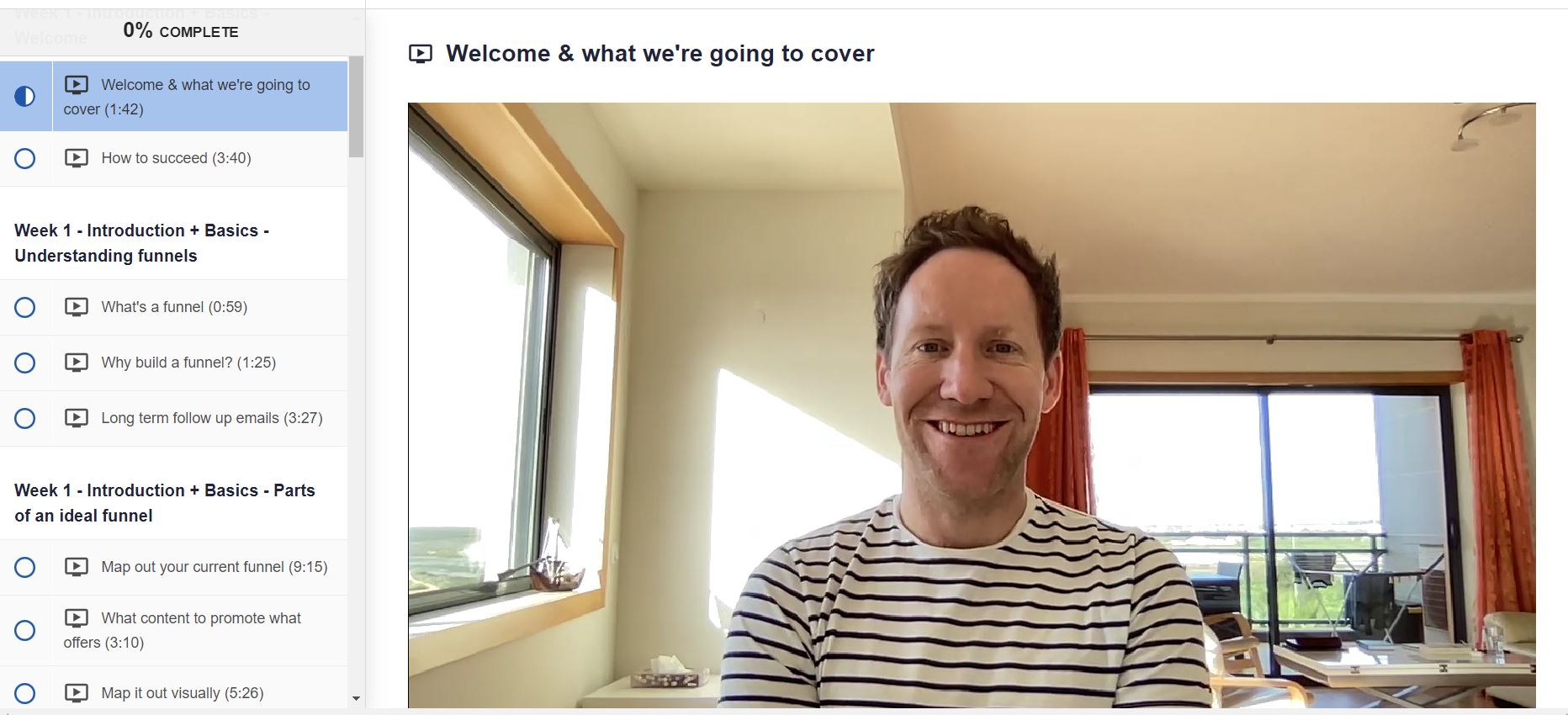
The most popular third-party course hosting platforms include Kajabi, Teachable, and Thinkific. Some of these platforms, like Kajabi, even have marketing features, like sales pages and cart templates, built into their platform.
The pros and cons of third-party hosting your online course
The downside to a third-party platform is you don’t control the online learning environment. The design of your course pages, the table of contents, the style of the video player, etc., the platform controls all those features.
So if you’re super picky about those things, a third-party platform might frustrate you.
As someone who’s helped market highly successful courses that were delivered on both self-hosted and third-party platforms. I can say, without a doubt, I recommend using a third-party platform to host your course.
It takes care of so many headaches.
From bandwidth issues to uploading content to web design, third-party platforms minimize these problems. Which gives you more time to focus on the two most important things you have to do.
Create an outstanding course and turn it into a highly profitable online business!
Build This Before You Create Your Online Course
If you’re going to sell your course from your own website and make a living from it, there’s ONE thing you MUST HAVE that’s vital to your success. That one thing is an email list.
Why your email list is the most valuable asset in your online course business
Think of your email list like this. When the famous direct-response copywriter Gary Halbert was teaching students how to succeed in business, he once said the only advantage he needed was a “starving crowd.”
Building an email list is how you cultivate a starving crowd that’s ready to buy your courses.


Instead of having to sell your course on marketplaces for pennies on the dollar, your email list becomes your own personal marketplace… one where you keep all your hard-earned revenue.
If you need further proof of how valuable your email list is, for the course creators we work with, email outperforms all other sales channels 3 to 1.

How to grow your email list (before you even create your course)
To grow an email list of people you can promote your course to, you need two things. Website traffic and a lead magnet. You can create website traffic by publishing content.
And the great thing about publishing original content is it gives you a chance to display your expertise. The expertise and skills you share in your content will naturally attract the type of people who are a good fit for your course.
Then, when your content attracts these people to your website, you can offer them a “lead magnet.” A lead magnet is a free incentive you offer in exchange for someone opting into your email list.

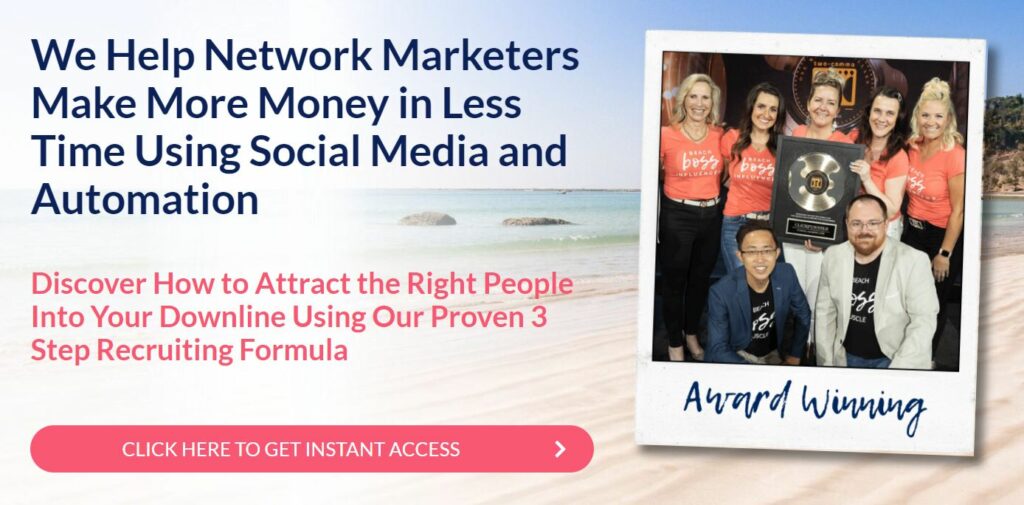

The stronger your lead magnet offer is, the faster it will grow your list,
Here are the types of lead magnets that work best for online course creators:
- Exclusive “How to” content in the form of a PDF or download
- “Behind the scenes” video content
- A calculator or scorecard
- A plan or checklist
- A mini-course
- Industry reports or guides
- Templates
The best lead magnets give your audience a small taste of what you can teach them. They offer something that’s easily consumable. And they answer a burning question or solve a simple yet urgent problem.

Think of your lead magnet as the appetizer you would serve before someone consumes your course. Keep in mind you don’t need a course to create a lead magnet.
After all, the point of your lead magnet is to grow your email list so that when you’re ready to sell your course on your website. You have a “starving audience” that’s ready to buy.
The Best Way To Create An Online Course That Sells Like Crazy
The other way your email list can be an invaluable asset is it can help you develop the perfect course for your audience. You can use your list (as well as your social following, if you have one) to figure out exactly what your audience is starving for.
Figuring out what your audience wants before you create your course will make developing, marketing, and selling your course a lot easier. Because instead of guessing or hoping you know what your audience is “starving for,” you’ll know.
Get Your FREE Personalized Report
How To Discover What Your Audience Really Wants From Your Course Using Surveys
One of the fastest ways to find out what your audience wants and needs from your course is to survey them. Here’s how we teach our students to survey their audience. First, start by clearly defining the objective of your survey. For instance, if you’re a dog training expert, you might want to find out:
“Is there sufficient demand for a course about training Chihuahuas?”
After you’ve defined your objective, you can start to think about how to ask your audience questions that will reveal their needs.
Here are some examples of the types of questions that help uncover how your course can benefit your potential students:
- What’s your biggest frustration/pain point when it comes to XYZ?
- What else have you tried to solve/achieve XYZ?
- On a scale of 1 to 10, 10 being the highest, how urgent is it that you solve/achieve XYZ?
- How much would you be willing to spend to solve/achieve XYZ
Mixing yes or no and multiple choice questions with open-ended ones will help you increase your survey’s response rate.
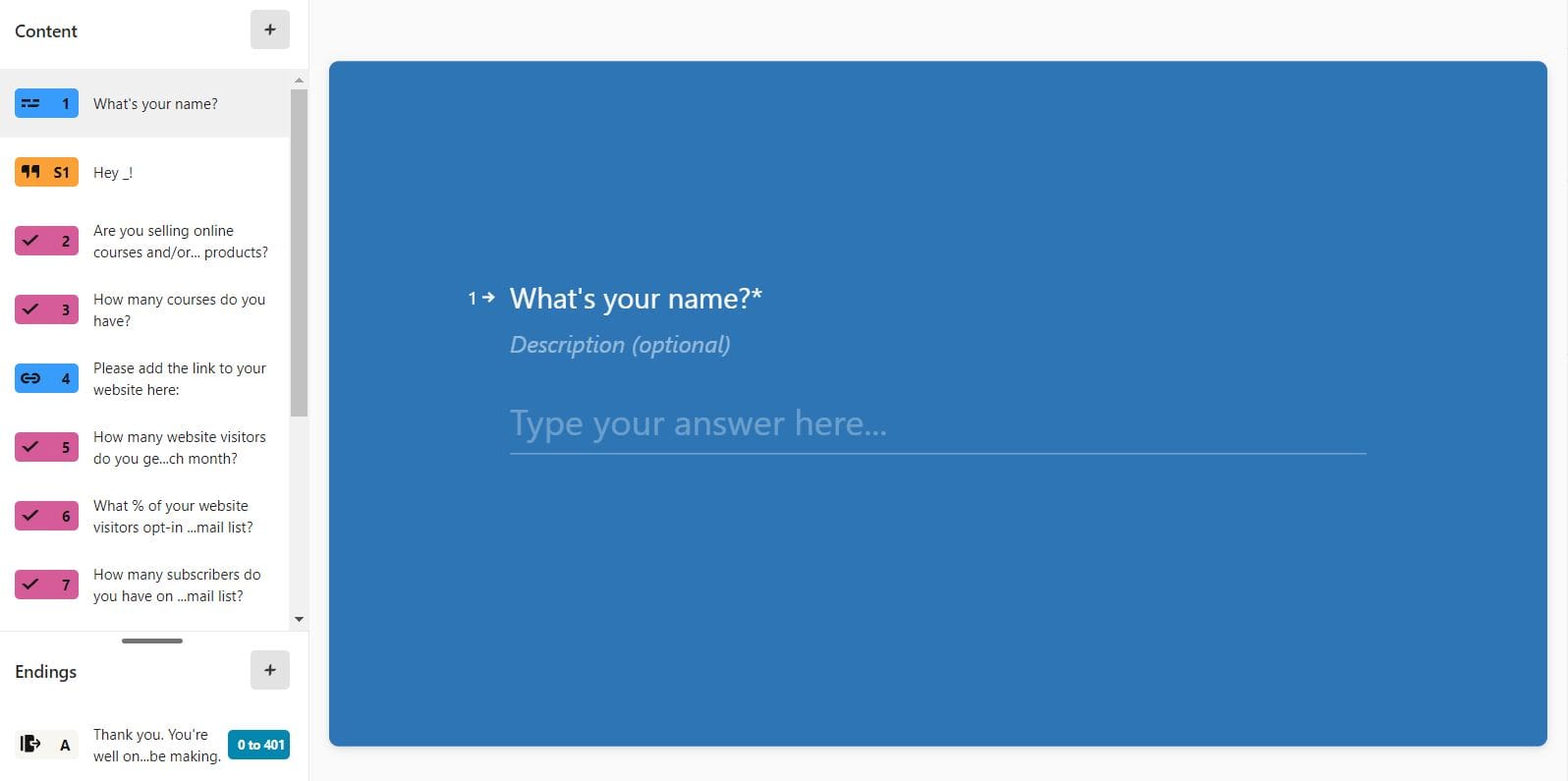
You can also offer your audience an incentive to respond to your survey. Popular incentives include things like free exclusive content or a chance to win a prize. Keep in mind the incentive you offer will influence who responds to your survey.

So oftentimes, it’s best to offer an incentive that is closely related to the topic of your survey. Returning to our dog training course example, you could offer a free video lesson on “Leash walking your Chihuahua.”
You can design your survey using tools like Google Forms, Typeform, or Survey Monkey.
Once you’ve created your survey, the next step is to share it with your audience. Email typically draws the best response rate for surveys. Sharing over social media is also a good way to increase your response rate and reach a broader audience.
Analyze your survey results
The most important part of conducting your survey is analyzing your results.
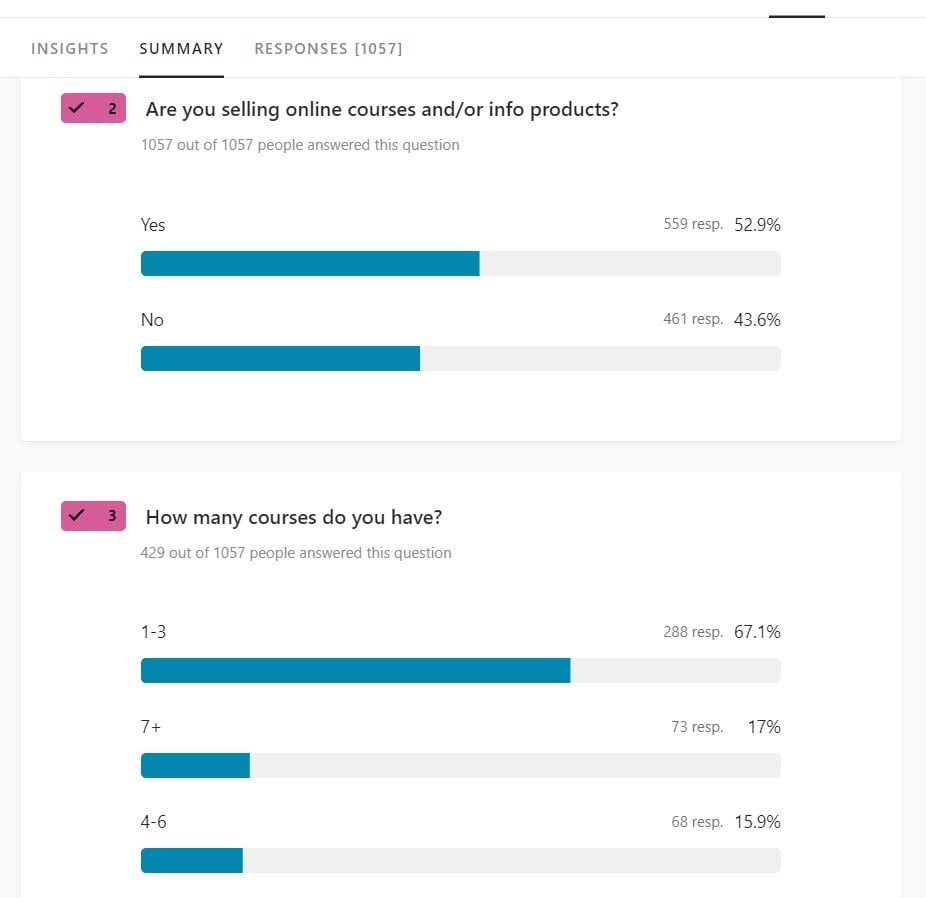
You can learn a ton from your audience feedback, even if you don’t have a big sample size. And the feedback you get should help you see, through your audience’s eyes, how you can create the most desirable course possible.
So make sure to spend time combing through your survey responses. Review them from both a qualitative and a quantitative perspective, if possible.
How To Build A Sales Funnel For Your Online Course
Your course funnel will be the most important pillar of your marketing and sales machine. So it’s imperative you know a bit about it before you go any further.
Speaking of…
What is a course sales funnel?
If you’re unfamiliar with the concept of a sales funnel, you can learn more here. That said, the general idea behind a funnel is that it’s a way to turn as many of your website visitors as you can into customers.
And for the most part, it’s a system that works on autopilot. For example, the most basic course funnel looks something like this:
Website Traffic -> Course Offer Page -> Checkout.

However, that type of sales funnel is usually pretty leaky. It will convert “ready to buy” customers.
But It doesn’t do much to help educate or nurture website visitors who are just discovering your course or content. Also, even when it does convert a website visitor into a customer, that basic funnel leaves a ton of money on the table. The money you need to build a thriving course business.
With just a few extra steps, you can build a much better funnel.

One that will convert a lot more of your website visitors into customers and become a pillar of your successful online business too. Here are the five basic steps you can follow to create a highly effective course sales funnel.
The 5-step funnel for selling online courses from your own website
Step 1: Design your lead magnet and grow your email list
We already talked about the importance of lead magnets. Once your course is created, your lead magnet and email list will become even more effective. Because you’ll be able to offer everyone who joins your list an immediate opportunity to buy your course.
[link]
Step 2: Create your course sales page
Your sales page is a vital part of your funnel. It will show your potential students why your course is so valuable and why it’s perfect for them. There are lots of different ways to write a course sales page. You‘ll find sales templates that plug into just about every website platform.
Our recommendation is that you use ClickFunnels to build your sales page as well as your sales funnel. Their templates include the sales page elements we’ve tested and found to have the greatest impact on conversion rate.
Whether you use ClickFunnels or not, here’s a general outline of what to include on your sale page so that it converts well:
Call Out To Your Audience | Who do you help? Call them out! |
Compelling headline | There are loads of headline frameworks out there. No one type of headline works all the time. When in doubt, lead with the problem you solve. Say it loud and make it clear. |
Sub-headline | Compelling subheadlines stop the scrollers in their tracks and get them to read |
Clear CTA | Your sales page should have clear visible CTA buttons at least every two screens |
Problem, Agitation, Solution | This is where you identify your audience’s problem, empathize with their pain, and show that you have the solution they need! |
Speed to results and/or Future cast | Show them how fast your course can get them the results they desire |
Meet the instructor/Your credentials | Let them know who you are and what makes you the expert on what you teach |
Talk about the benefits | Show them how much better life will be after they have your solution |
Social Proof | Show off your testimonials and endorsements |
Offer in detail | Make sure your offer is clear by showing them everything that comes with your course |
Bonuses | Feature and explain your bonuses |
Guarantees | Reverse your buyer’s risk with a straightforward guarantee |
Close with a reminder | Summarize the offer and the value of your course |
FAQ | Answer all their questions before they have to ask them |
Scarcity/Urgency | Show them why it’s important to start your course now |
Step 3: Optimized cart page
A lot of people overlook the cart page in their funnel. They assume if a visitor is in the cart they have already made up their mind to buy. But that’s not so. In fact, optimizing your cart page can double to triple your conversion rate.
Out of all conversion optimization tests, we’ve found two elements increase conversions more than others. Those two elements are a guarantee and testimonials.
So, if you can, make sure to display both your guarantee and one to two customer testimonials on your cart page.
Here’s an example of what an optimized cart page looks like:
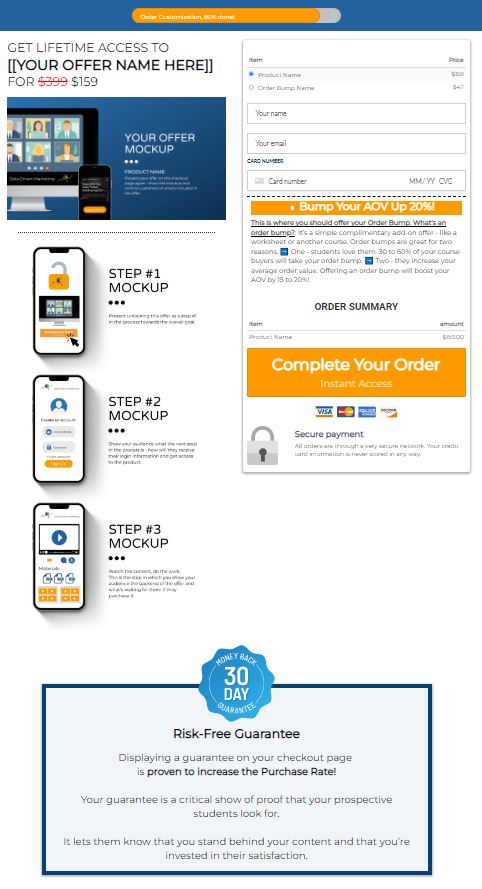
Step 4: Add an Order Bump
An Order Bump is a simple add-on purchase you can offer when your customers check out.

And there are two excellent reasons we recommend creating an order bump for your course sales funnel. One, they work like crazy. 30 to 60% of customers take them. Also, they increase the average purchase amount by about 15%.
So, if your course costs $200 and you add an order bump, your average order value will rise to about $230. That’s a lot of extra revenue that you can add to your bottom line.
The second reason we recommend adding order bumps to your funnel right away is they are easy to create.
You can create order bumps for just about anything. For example, your order bump could be a workbook that goes with your course. Or a bonus video. Or an extra download. As long as your order bump is a good compliment to your course, people will buy it.
Step 5: Add an Upsell
Adding an upsell to your course is a little harder than adding an order bump. Because the best upsells are usually additional courses. But keep this step in mind for down the road when you do have more than one course.
You can also upsell memberships or another “add-on” type of digital product if you have that.
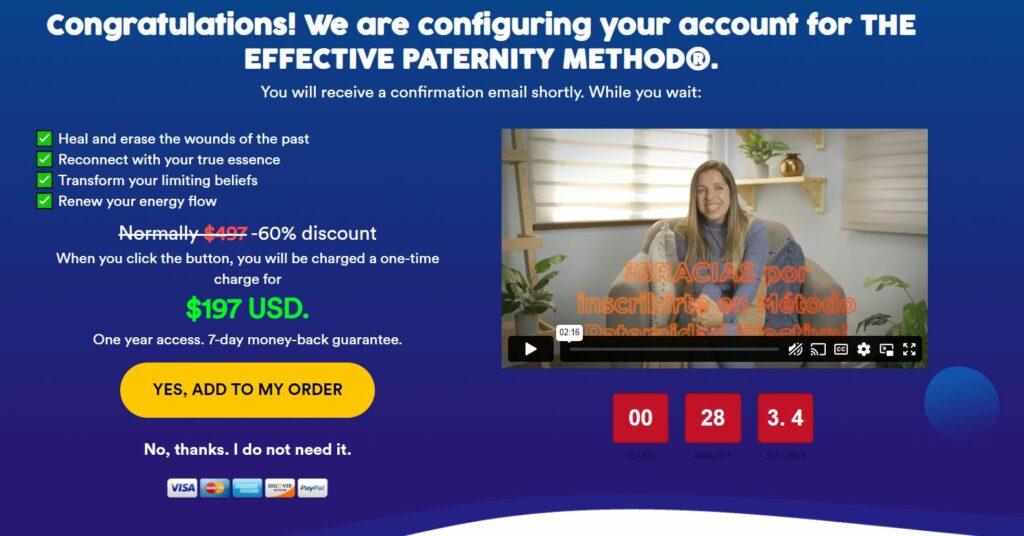
10% to 20% of customers act on upsells. And they increase the average purchase value by about 20%. So upsells can be a powerful cog in your course funnel.
The Complete Tech Stack We Recommend To Sell Online Courses From Your Own Website
We’ve covered a lot of ground in this guide so far. So much ground you may be wondering about how you are going to manage all the various pieces of the system you need to sell courses on your website.
The right tech stack can help you simplify or automate most of your sales system. Plus, if you build a good technical foundation for your course, you can set things up one time.
And then, you can optimize your funnel over time as you learn more about your market and you add more courses to your catalog
Here’s the tech stack we recommend for selling your course on your own website:
1. Email marketing suite
We recommend ActiveCampaign or ConvertKit, or Drip. All three of these tools can serve as the hub of your course sales system.
They will help you build opt-in pop-ups or landing pages to grow your email list. You can also use this software to create automations that nurture your email subscribers and sell your courses. And you can run monthly email promotions to your email list that will significantly increase course sales.
2. Course Hosting
Teachable and Kajabi are excellent options for hosting your digital course. Both of these platforms make it easy to organize, manage, and deliver your course content. With the recent marketing features Kajabi’s added, you can even use this platform to build your course funnel.
3. Surveys and market discovery
We use Typeform to run our audience surveys. We’ve found it’s the best tool for learning about how audiences interact with surveys. Improving your surveys over time can have a big effect on how much you learn about your audience and, in turn, how you can grow your sales.
4. Funnel Builder
ClickFunnels is our recommended platform for building your sales pages, order bumps, upsells, cross-sells, etc. You can even use ClickFunnels to build your entire website if you want. We recommend ClickFunnels for selling online courses for its ease of use and for how quickly you can get up and running using its funnel templates.
Scale Your Course Sales With Automation, Ads, And Partnerships
Once your online course business is selling well, there are a few ways you can ramp things up to bring in even more income.
The first one we touched on earlier is email
1. Automation
An email automation is a behaviorally triggered series of emails. You may also hear email automations called flows, drips, or sequences.
You can use automations to sell your course day in and day out on autopilot.
For example, every time someone opts in to your email list, you can add them to your welcome automation. Then they’ll receive emails that nurture their interest in your expertise and show them why your course is a great resource for them.
Or you can set up a cart abandonment automation. This type of automation uses email to bring your visitors back to their shopping cart when they don’t complete their purchase.
However you use it, email automation is one of the most effective ways to scale your course sales.
2. Partners and affiliates
Partnering with other course sellers or authorities in your niche is a fast way to attract more customers. When you partner with others, you gain authority by association.
And that authority by association can result in a flood of website visitors and sales if your partner has a sizable list or social following.
Here are a few ways you can partner with other course sellers and authorities:
- Lead magnet swaps – They promote yours, and you promote theirs with the goal of growing your email lists
- Guest Webinars – You do a webinar for their audience. At the end of that webinar, you sell your course or promote your lead magnet
- Affiliate commissions – Your partners (or, in this case, affiliates) promote your course, and you give them a percentage of every sale they help you generate
- Course promo swaps – You promote their course to your email list, and they promote yours to theirs
- Guest content – You provide free content for your partner, and they link to your course website or sales page
3. Advertising
Ads are the toughest and most costly way to scale your course sales. By the time you start advertising your course, you want to have your entire sales funnel buttoned up.
Because the majority of your profits won’t come from your initial course sales. Most advertising course funnels are “break-even” on the first sale they generate.
The profits come from acquiring a customer who loves your content so much that they buy multiple courses or products from you.
Also, getting to that “break-even” point can take a lot of ad testing.
So before you start advertising, make sure that:
1) Your course funnel is working top-to-bottom
2) You have a budget to burn on ad testing
If you want to see how we build and scale a course funnel, this article will walk you through that process step-by-step:
Recapping The Steps To Selling Your Online Course From Your Own Website For Maximum Revenue
In this guide, we started a bit out of order. We talked about marketplace and course hosting platforms before we discussed the most valuable asset in your course business.
So in our recap, I’m going to put our steps to successfully selling your online course from your own website in the right order.
Step 1 — Grow your email list
Cultivating a “starving audience” is the most valuable thing you can do to set your course up for success. Growing your email list is how you build that audience.
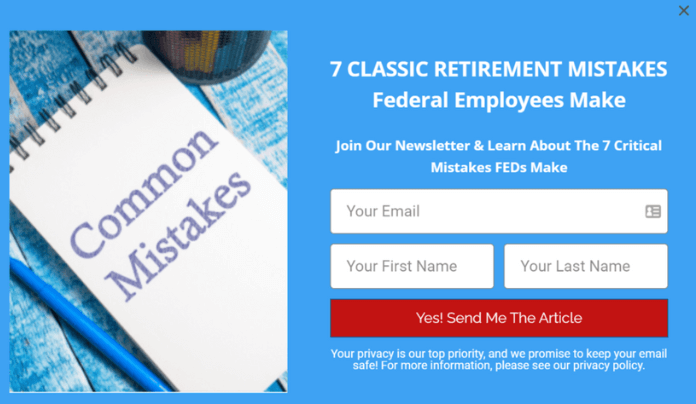
Step 2 — Survey and research your market
It’s a lot easier to build a course that will attract customers when you know exactly what your customers want. Survey and talk to your target audience early and often. The more you learn about these people, the better your course will become.

Step 3 — Self or Third-Party Host your course?
Now that you’re growing your audience and you know what they want, the only thing left to do is get that course content live. Self-hosting gives you the most control. But third-party hosting is faster and gives you less to manage. A wise business guru once said, “Money is attracted to speed.” So our recommendation is to use a third-party hosting platform to get your course to market. You can always go the self-hosting route later when your course business is flush with cash flow.
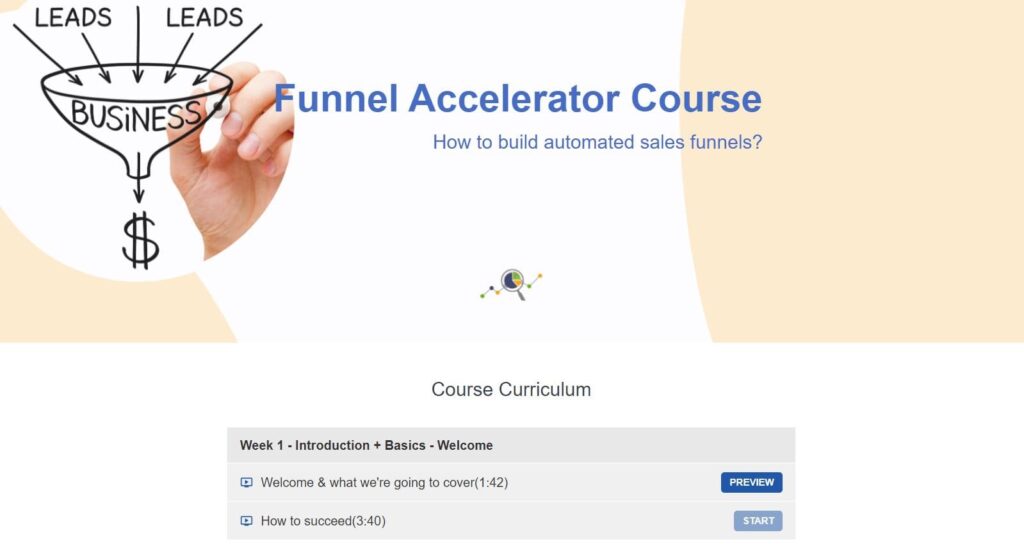
Step 4 – Build your course funnel
If you sell online courses from your own website, your funnel is the pillar of your sales machine. Without it, you’re leaving behind sales you should be making every day. And you’re also minimizing (instead of maximizing) the revenue your sales generate.
Build your funnel from the get-go so that your course business generates the cash flow you NEED to grow.

Step 5 – Scale with automation, ads, and partnerships
Once your course funnel is making sales for you every day, you can start scaling your business. Email and other customer-educating, like SMS, automation are the most cost-effective ways to ramp up.
You can also use partnerships to grow your brand and attract qualified traffic. Once you’ve amassed a war chest of marketing funds, advertising is the final frontier to conquer.
Follow those five steps, and not only will you be able to successfully sell online courses from your own website. But you’ll have a full-fledged business that can grow as fast as you want it to.

